
Essential PPE in the Food Industry: What You Need to Know
Overwhelmed by PPE options for food safety? Master your PPE selection for food workers safety with these practical tips.

Get 20€ off on your first order!
Choosing the right coveralls, also known as overalls or boiler suits, is an important decision with many options available to suit different needs. These garments are essential for safety, comfort, and efficiency across industries such as construction, manufacturing, agriculture, oil and gas, and automotive.
By the end of this guide, you’ll have all the knowledge needed to select the perfect coveralls for your needs.
With our expertise in workwear and protective gear, we ensure this guide answers all your questions and prepares you for your next step: maintaining and maximizing the lifespan of your coveralls. Explore the full range of coveralls here.
When purchasing coveralls, understanding their features is crucial. Here’s what to evaluate:
Materials influence durability, comfort, and application suitability. Popular materials include:
For more details on materials, check our article on coverall materials explained.
Properly fitting coveralls enhance mobility and maximize safety. Ensure proper sizing by consulting a coverall sizing guide here.
Zippers, buttons, or snap closures impact convenience and protection levels. For example, zippers with storm flaps offer added defense against environmental hazards.
Perfect for short-term tasks involving materials requiring additional protection. Lightweight and cost-effective, they are commonly used in chemical and healthcare settings.
Designed for outdoor or low-light environments, they enhance visibility and safety. Reflective strips and bright colors are key features. Explore high-visibility options.
Tailored for industries like oil and gas, these come with fire-resistant or anti-static properties. Learn how to choose the right disposable coveralls.
Different industries demand specific features from coveralls:
| Industry | Key Requirements |
| Construction | Durability, high visibility |
| Manufacturing | Chemical resistance |
| Agriculture | Breathability, water resistance |
| Oil and Gas | Fire resistance, durability |
When selecting coveralls, it’s important to ensure they meet the relevant EN standards for safety and quality. These standards provide guidelines for performance and protective properties:
Understanding these standards ensures that your chosen coveralls meet the demands of your work environment and comply with safety regulations. Always check product labels or descriptions for these certifications. Learn more about EN Standards from this guide in Wikipedia.
Besides standard coveralls, you might need:
For a deeper dive, check out the guide: Bib Overalls: Selecting The Right Protective Clothing.

To maximize the lifespan of your coveralls, follow these tips:
Read more about maintaining and cleaning your coveralls.
When quality matters, trust these top suppliers:
We hope this guide has provided valuable insights into choosing the right coveralls, whether you’re focused on material compatibility, industry standards, or specialized features.
From ensuring safety in demanding work environments to improving workplace efficiency, our goal is to help you make an informed decision. Explore the full range of coveralls from trusted brands like Franz Mensch, Helly Hansen, and Portwest—just a click away.
Have more questions or need guidance on maintaining your coveralls for longevity? Don’t hesitate to reach out; we’re here to ensure your safety and confidence every step of the way.
– The Droppe Team
Consider the material and insulation of the coveralls. For cold environments, insulated or thermal-lined coveralls are ideal. For hot climates, breathable fabrics like cotton are better suited. Additionally, look for waterproof or weather-resistant features for rainy conditions.
Coveralls provide full-body protection, including arms and legs, while bib overalls cover only the torso and legs, leaving the arms exposed. Coveralls are better for tasks requiring full protection, whereas bib overalls are more flexible for lighter duties.
Ensure the coveralls meet industry-specific safety standards (e.g., EN standards) and are compatible with other PPE like gloves, boots, and helmets. Check product descriptions for compatibility details.
It depends on the features of the coveralls. For example, fire-resistant coveralls may suit both oil and gas industries and manufacturing, but disposable coveralls may only be suitable for specific tasks like chemical handling.
Focus on durability, universal sizing options, and features that cater to the majority, such as adjustable cuffs and multiple pockets. Additionally, ensure the coveralls meet the safety standards required for all work environments the team will encounter.
Thank you! You've signed up for our newsletter.
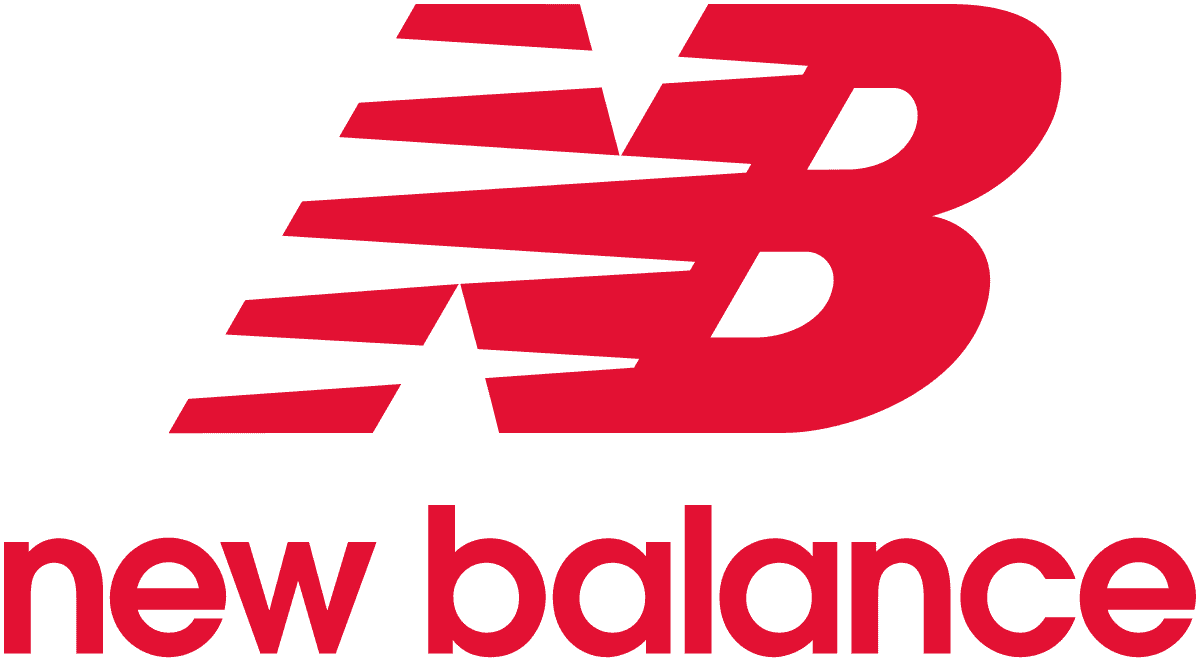

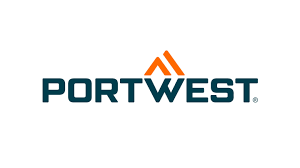

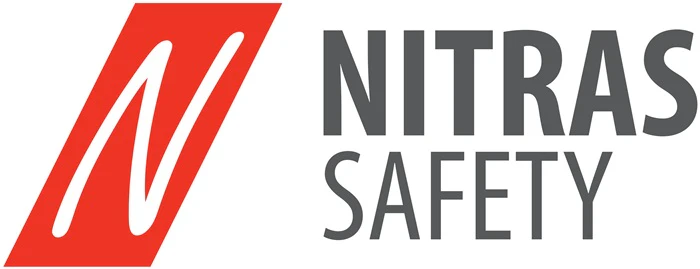





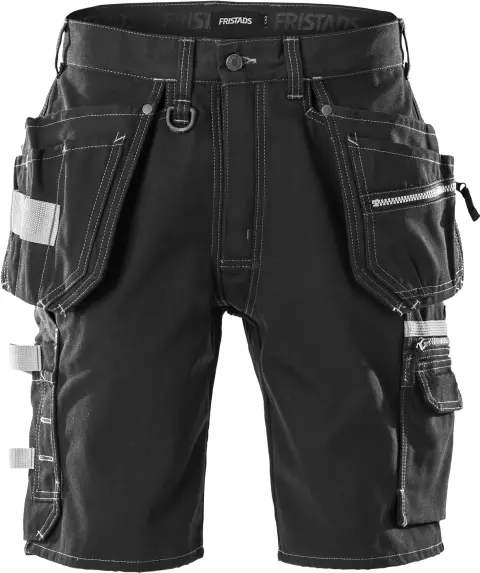
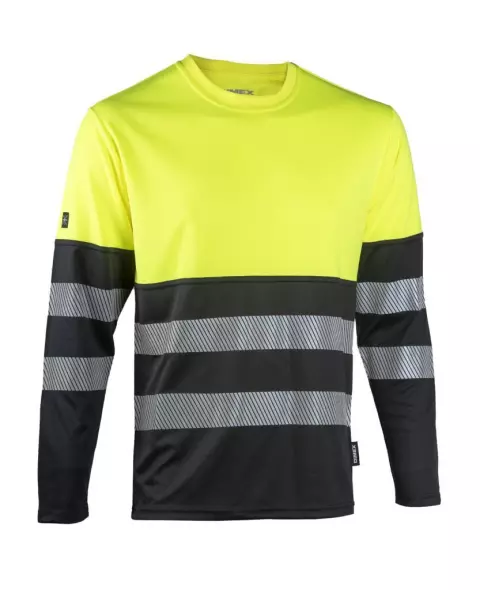
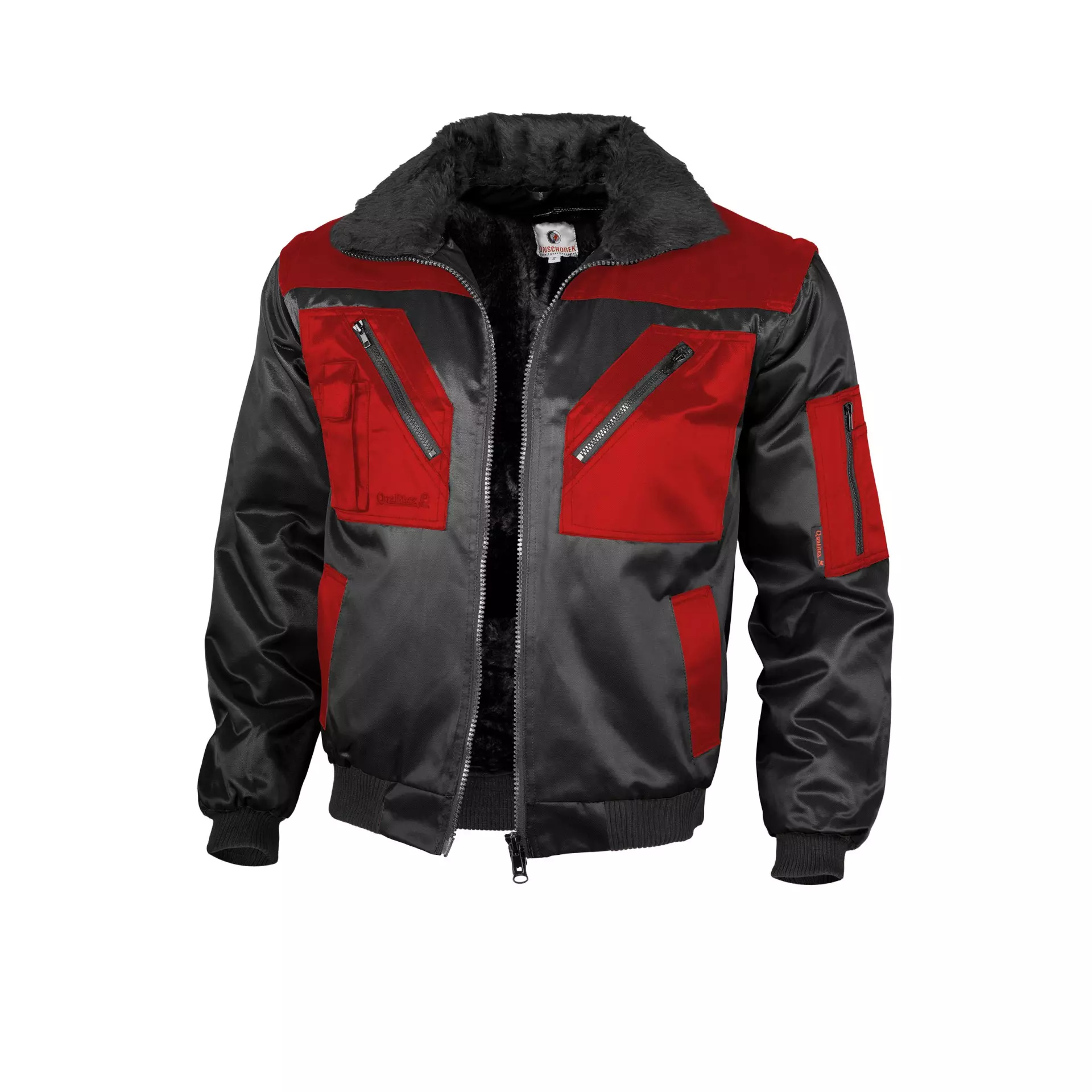
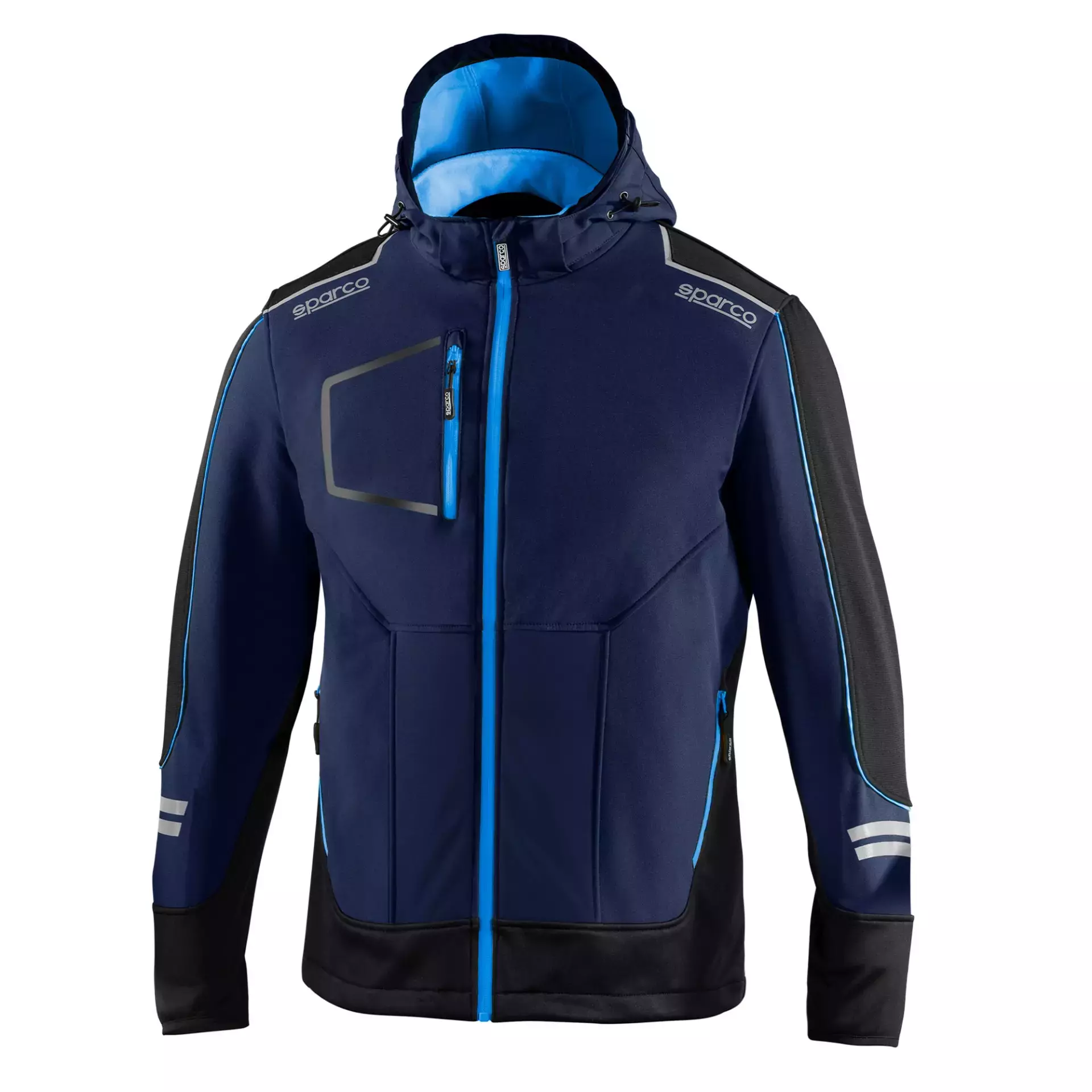





Overwhelmed by PPE options for food safety? Master your PPE selection for food workers safety with these practical tips.

Struggling to maintain clear vision in demanding environments? This guide is here to help. By the end, you’ll know exactly...

Electricians across Europe face unique challenges that require reliable safety glasses to ensure both protection and efficiency. Whether safeguarding against...

Overwhelmed by PPE options for food safety? Master your PPE selection for food workers safety with these practical tips.

Struggling to maintain clear vision in demanding environments? This guide is here to help. By the end, you’ll know exactly...

Electricians across Europe face unique challenges that require reliable safety glasses to ensure both protection and efficiency. Whether safeguarding against...
Get 20€ off on your first order!
Save 30% by buying directly from brands, and get an extra 10€ off orders over €100
Save 30% by buying directly form brands, and get an extra 10€ off orders over €100